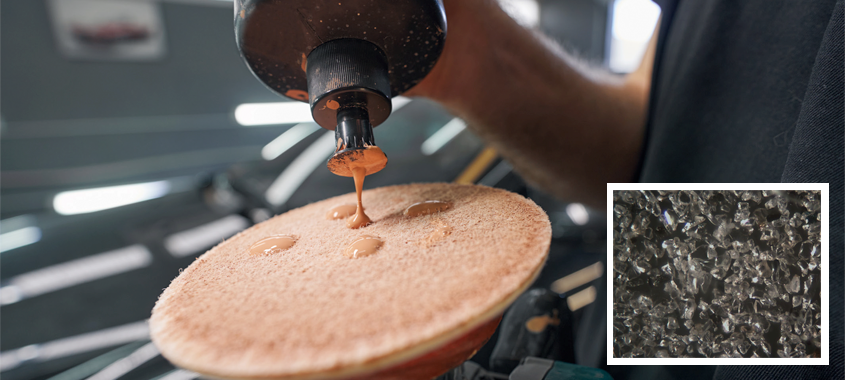A MICROSCOPIC MOVEMENT
BIG CHANGES ARE NOT ALWAYS VISIBLE TO THE NAKED EYE
In many ways, stability owned the last century—at least in the auto industry. In recent years, however, the only constant to rely on is change.
In our industry, auto manufacturers have spent the past decade making drastic changes to how they are made, and abrasives are no exception. The science of abrasives has undergone a transformation in recent years, and it’s nearly as impressive as the science of automobile design. However, the impact of these revolutionary advances can only be seen under a microscope.
As automobiles become more complex, so do the materials used in their construction. With the proliferation of materials—like aluminum, super polymers, high-strength steel alloys, carbon fibre—has come the need for abrasives able to deal with the properties of each of these new materials. If you have the chance—and the microscope— find an old, long-forgotten role of sandpaper, and compare it to a new one.
You will see two completely different things. One will be a jagged mountain range of quartz sand stuck into a thin adhesive layer. The other will be a single, solid strip of precision-engineered carbon domes, just spongy enough to accommodate metallic ripples while carving away even the hardest lacquers.
There is no doubt that deciding which products will serve the needs of your business is a difficult task. A glance through the following pages should help to smooth out the decision-making process.



















